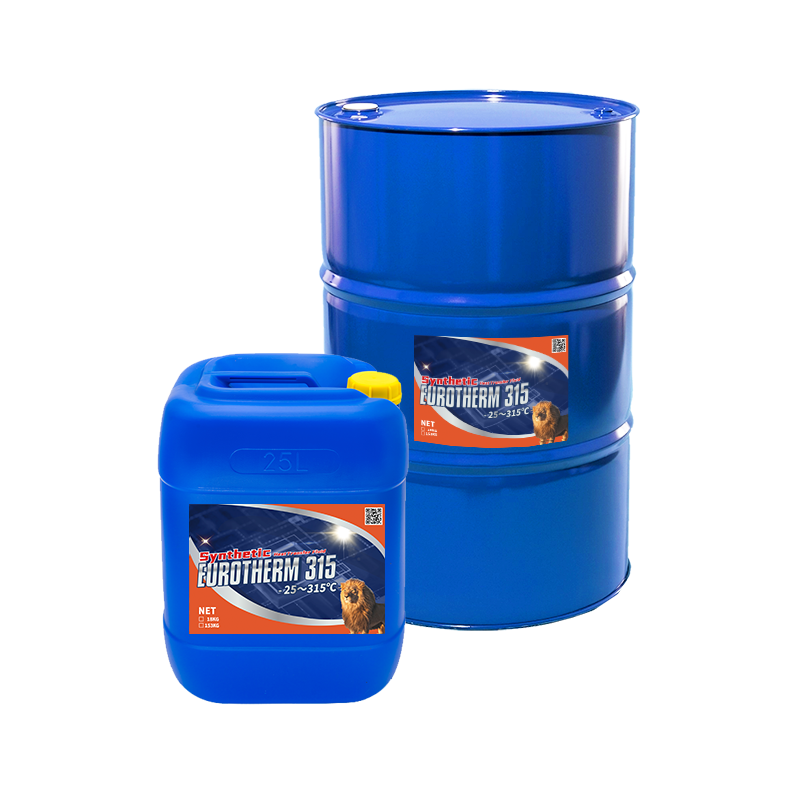Little Known Questions About Chemie.
Table of ContentsChemie Fundamentals ExplainedThe Ultimate Guide To ChemieAn Unbiased View of ChemieThe Greatest Guide To ChemieAll About ChemieSome Of Chemie
By Bojanna Shantheyanda, Sreya Dutta, Kevin Coscia and David SchiemerDynalene, Inc. Fluid air conditioning, which can be achieved utilizing indirect or direct methods, is utilized in electronics applications having thermal power thickness that might exceed risk-free dissipation via air cooling. Indirect fluid air conditioning is where warm dissipating electronic elements are physically separated from the fluid coolant, whereas in instance of direct air conditioning, the parts are in straight contact with the coolant.Nevertheless, in indirect air conditioning applications the electric conductivity can be important if there are leakages and/or spillage of the liquids onto the electronic devices. In the indirect cooling applications where water based liquids with rust inhibitors are usually used, the electrical conductivity of the fluid coolant generally relies on the ion concentration in the fluid stream.
The boost in the ion focus in a shut loop fluid stream might happen because of ion leaching from steels and nonmetal components that the coolant liquid touches with. During operation, the electric conductivity of the fluid might enhance to a degree which might be damaging for the cooling system.
What Does Chemie Mean?
(https://www.ted.com/profiles/48599309)They are bead like polymers that can trading ions with ions in an option that it is in contact with. In the present job, ion leaching tests were carried out with different metals and polymers in both ultrapure deionized (DI) water, i.e. water which is treated to the highest degree of purity, and reduced electrical conductive ethylene glycol/water mixture, with the gauged adjustment in conductivity reported in time.
The samples were enabled to equilibrate at room temperature level for two days before taping the first electrical conductivity. In all examinations reported in this study liquid electric conductivity was determined to a precision of 1% utilizing an Oakton CON 510/CON 6 series meter which was calibrated before each measurement.
About Chemie
from the wall heating coils to the facility of the heater. The PTFE sample containers were put in the furnace when constant state temperatures were reached. The test configuration was gotten rid of from the furnace every 168 hours (7 days), cooled to area temperature with the electric conductivity of the fluid determined.
The electrical conductivity of the liquid sample was monitored for a total of 5000 hours (208 days). Figure 2. Schematic of the indirect shut loop cooling experiment set up - fluorinert. Table 1. Parts utilized in the indirect shut loop cooling down experiment that touch with the fluid coolant. A schematic of the speculative configuration is received Figure 2.

Facts About Chemie Uncovered
During procedure the liquid storage tank temperature was preserved at 34C. The change in liquid electrical conductivity was monitored for 136 hours. The fluid from the system was accumulated and stored. Similarly, shut loop test with ion exchange resin was carried out with the same cleansing treatments utilized. The initial electric conductivity of the 230ml UP-H2O in the system determined 1.84 S/cm.

0.1 g of Dowex resin was included in 100g of fluid examples that was taken in a separate container. The mixture was stirred and change in the electrical conductivity at area temperature was gauged every hour. The gauged adjustment in the electric conductivity of the UP-H2O and EG-LC test fluids having polymer or steel when involved for 5,000 hours at 80C is revealed Number 3.
The Ultimate Guide To Chemie
Ion leaching experiment: Calculated modification in electric conductivity of water and EG-LC coolants having either polymer or steel examples when submersed for 5,000 hours at 80C. The results indicate that metals added less ions right into the liquids than plastics in both UP-H2O and EG-LC based coolants.
Liquids including polypropylene and HDPE displayed the most affordable electrical conductivity modifications. This might be due to the short, inflexible, linear chains which are much less most likely to contribute ions than longer branched chains with weaker intermolecular pressures. Silicone also did well in both examination liquids, as polysiloxanes are typically chemically inert as a result of the high bond energy of the silicon-oxygen bond which would avoid destruction of the material into the fluid.
The 8-Second Trick For Chemie
It would certainly be anticipated that PVC would certainly produce similar results to those of PTFE and HDPE based upon the similar chemical frameworks of the materials, however there may be other impurities present in the PVC, such as hop over to these guys plasticizers, that might impact the electrical conductivity of the liquid - silicone fluid. Additionally, chloride groups in PVC can likewise leach into the examination fluid and can cause a boost in electric conductivity
Buna-N rubber and polyurethane revealed indications of deterioration and thermal decomposition which recommends that their possible energy as a gasket or adhesive material at greater temperature levels could cause application problems. Polyurethane totally broke down right into the examination liquid by the end of 5000 hour examination. Figure 4. Before and after photos of metal and polymer samples immersed for 5,000 hours at 80C in the ion leaching experiment.
Calculated adjustment in the electric conductivity of UP-H2O coolant as a feature of time with and without resin cartridge in the shut indirect air conditioning loop experiment. The determined change in electric conductivity of the UP-H2O for 136 hours with and without ion exchange resin in the loop is displayed in Figure 5.